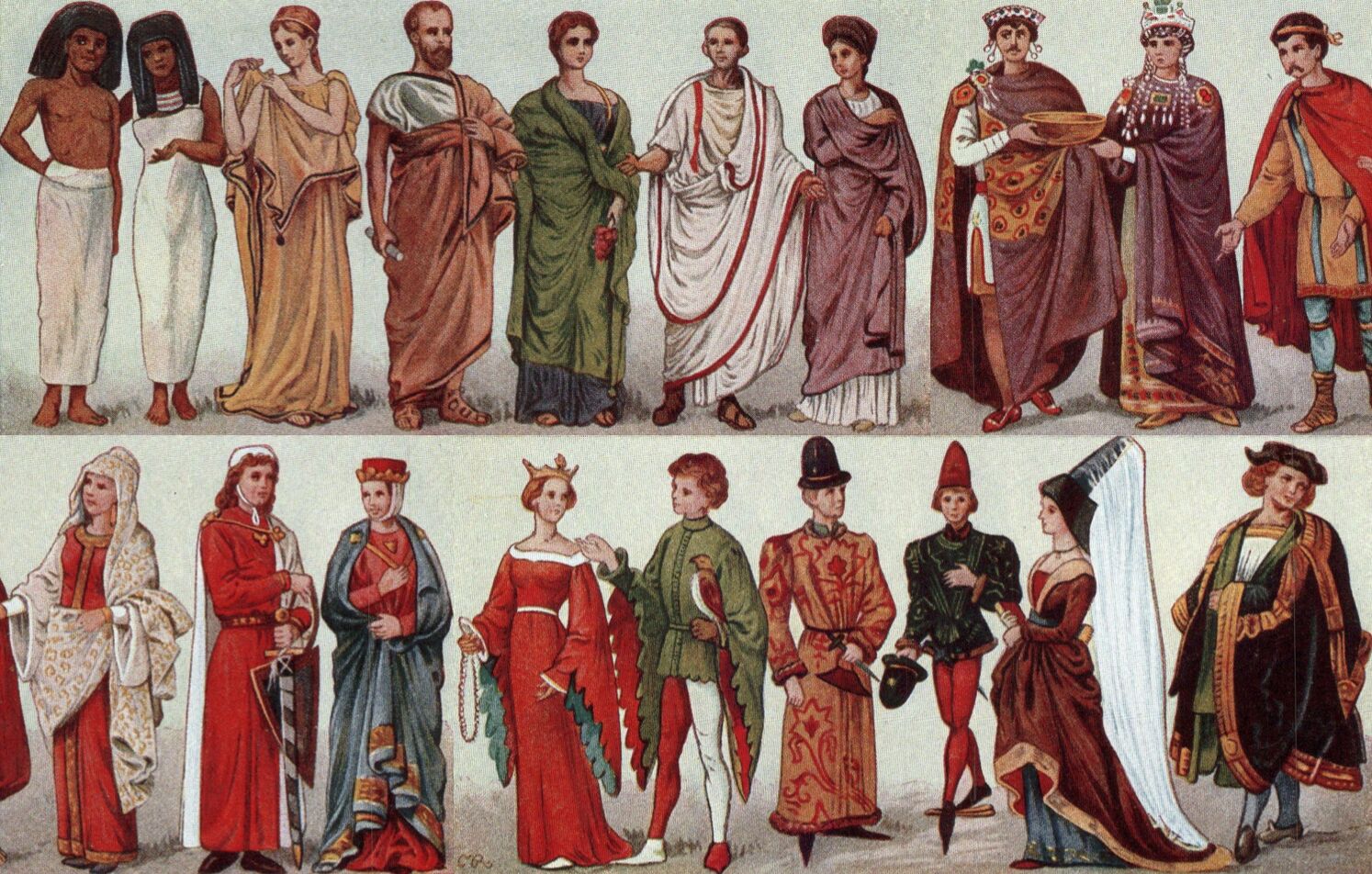When we think about clothing, it’s easy to imagine modern fashion trends—those slick, contemporary looks that change every season. But, if you take a step back and think about The Evolution of Traditional Clothing Across Different Cultures, it tells a rich and fascinating story of history, identity, and craftsmanship.
The Meaning Behind Traditional Clothing
Traditional clothing isn’t just about style; it’s about the values, beliefs, and social structures that shaped a particular community. Across the globe, we can see how clothes were deeply connected to things like geography, climate, rituals, and cultural exchanges.
Traditional clothing isn’t just about style; it’s about the values, beliefs, and social structures that shaped a particular community. Across the globe, we can see how clothes were deeply connected to things like geography, climate, rituals, and cultural exchanges. For example, in parts of Africa, clothing was often made from natural materials like cotton and woven textiles, reflecting the vibrant artistry and symbolism of local communities. The bold patterns you see on a kente cloth from Ghana or the intricate beadwork of the Maasai tell stories of ancestry and spiritual beliefs.
In Asia, traditional garments like the Japanese kimono or the Chinese qipao aren’t just beautiful—they come with centuries of tradition. The kimono, for instance, with its complex layering and seasonal colors, reflects the Japanese respect for nature’s cycles. The qipao, on the other hand, evolved from the Manchu-style robe and became an iconic symbol of Chinese fashion in the early 20th century, adapting to social changes.
Meanwhile, in South America, indigenous groups like the Quechua in Peru still wear colorful woven garments that are not just practical for mountain life but also serve as a symbol of their deep connection to the land. The alpaca wool shawls and ponchos, for example, are crafted with techniques passed down through generations and often feature patterns unique to specific regions or families.
In Europe, traditional clothing has also undergone significant changes over time, often influenced by social status and class. From the elaborate, regal garments of royalty in places like France and Spain, to the simpler, more functional attire worn by peasants, European clothing told the story of power dynamics and the role of fashion in social stratification. Over centuries, the French court’s sumptuous silks and elaborate embroidery influenced much of Europe, while in countries like Scotland, the tartan plaid became a symbol of clan identity and loyalty.
Even in the Middle East, the evolution of clothing is tied to culture and religion. The flowing robes and headscarves seen across the region serve both functional and cultural purposes. The abaya in the Gulf states, for instance, has evolved to be a symbol of modesty, yet it’s also been adapted in modern ways that blend traditional values with contemporary fashion trends.
What’s most interesting is how traditional clothing continues to evolve even today. The blend of old and new can be seen in how younger generations are taking traditional garments and reinterpreting them. In places like India, the sari has been worn for thousands of years, but today you’ll find modern twists—designer saris that mix traditional fabrics with contemporary cuts, or men wearing kurta-pajamas with a modern twist for weddings and festivals.
The beauty of traditional clothing lies in its ability to evolve while maintaining a link to the past. Across cultures, clothing tells the stories of how societies adapted to the world around them, embraced new influences, and preserved their identities. And even as we move towards global fashion, traditional clothing continues to thrive, often as a powerful symbol of cultural pride and heritage.



I do not even know how I ended up here but I thought this post was great I dont know who you are but definitely youre going to a famous blogger if you arent already Cheers